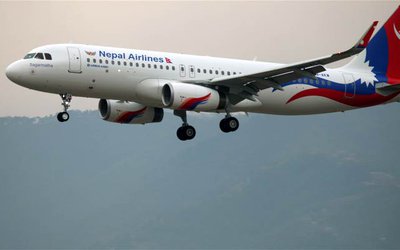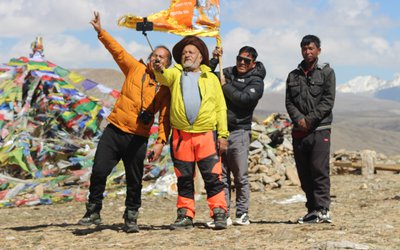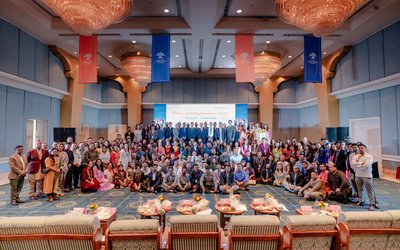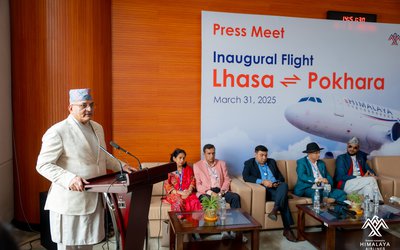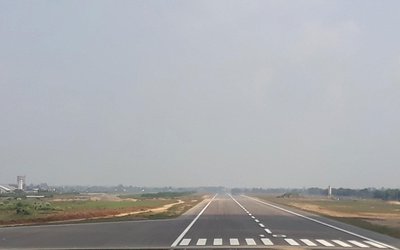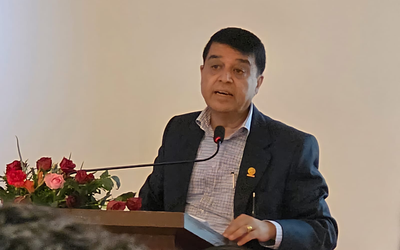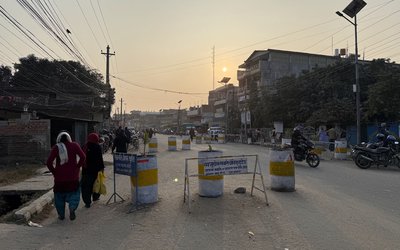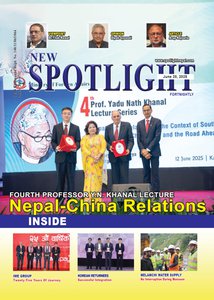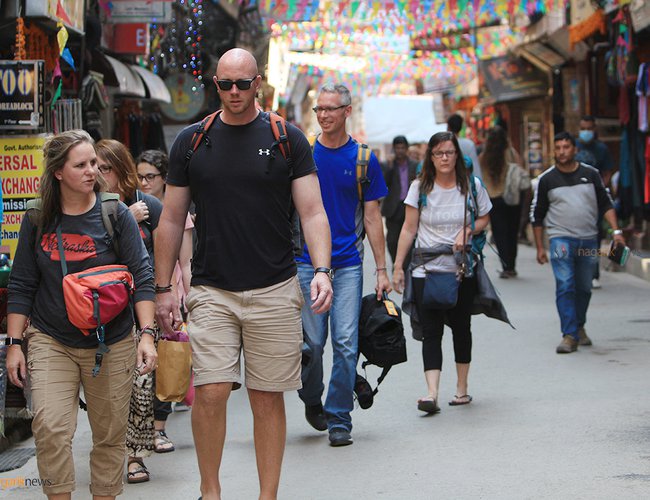
Nepal entered the global tourism stage relatively late compared to other popular destinations. Nepal began welcoming international visitors after the end of the Rana regime in 1951, marking the start of its efforts to develop tourism as a key part of the national economy.
Nepal’s first major tourism campaign, Visit Nepal 1998, aimed to showcase its landscapes, culture, and hospitality. While it initially showed promise, progress was disrupted by the Nepalese Civil War (1996–2006). Promoting tourism during a violent internal conflict was both a bold and urgent attempt to keep Nepal on the global map.
After the conflict, the sector began a slow recovery, hindered by political instability and strikes. The Visit Nepal Year 2011 campaign also fell short due to ongoing issues with infrastructure and governance. In 2015, just as momentum returned, the devastating Gorkha Earthquake struck, claiming thousands of lives and damaging heritage sites. Later that year, border blockade by India, led to fuel shortages and transport problems, further damaging Nepal’s reputation as a reliable and safe tourist destination.
In 2020, Nepal made a renewed attempt to revive the sector with the Visit Nepal 2020 campaign. Optimism ran high, but the global outbreak of COVID-19 brought international travel to a near-complete halt. Once again, efforts to reposition Nepal as a travel destination were derailed by events beyond its control.
A Shared Global Vulnerability
Nepal is not alone in facing the fragility of tourism in the face of conflict and crisis. In the late 1980s and early 1990s, the Gulf War severely disrupted tourism in the Middle East. Sanctions, political unrest, and economic instability contributed to a steep decline in travel to the region. For example, in Iraq, tourism’s contribution to GDP dropped from 4.43 percent in 1980 to a mere 0.003 percent by 1999 (Ahmed et al., 2020). Rising oil prices and inflation during the war further discouraged travel across Europe and Asia.
Today, similar tensions are resurfacing. Following escalations between India and Pakistan, new conflicts in the Middle East are causing renewed global concern. As major transit hubs like Qatar face potential disruptions, global travel routes may be affected. In such climates, travelers prioritize safety, and tourism tends to decline sharply. Countries like Nepal, which rely heavily on international tourism, are particularly exposed.
Building Forward with Purpose
In the face of growing global instability and shifting travel patterns, Nepal must strengthen its focus on regional tourism to ensure continuity and resilience in the sector. Travelers from neighboring countries such as India, China, and other South Asian nations offer significant potential, particularly as long-haul travel becomes more complicated due to geopolitical tensions and disruptions in major transit hubs. Religious tourism, in particular, presents a valuable opportunity, as Nepal is home to a rich array of sacred sites that hold deep cultural and spiritual significance for regional visitors.
The ongoing “Visit Nepal Year 2025” declared by China, in recognition of 70 years of diplomatic ties, provides a strategic platform to strengthen bilateral tourism and cultural exchange. Nepal Tourism Board should actively coordinate efforts, monitor the progress of this campaign, and promote destinations through targeted digital marketing and cross-border collaborations. Additionally, pursuing globally recognized sustainability certifications such as GSTC can increase Nepal’s credibility, attract eco-conscious travelers, and position the country as a responsible tourism destination in the region.
To support long-term resilience, Nepal must prioritize domestic tourism as a foundation for an inclusive and self-sustaining tourism economy. Encouraging Nepalese to explore destinations within their own country can help diversify visitor flows and support the sector during international disruptions. This involves developing new sites across the Himalayan, Hilly, and Terai regions, supported by effective branding, improved infrastructure, and quality services.
Adventure tourism, cultural experiences, and nature-based activities such as trekking and hiking can appeal to both domestic and regional tourists, particularly younger and urban travelers seeking meaningful experiences. Community-based tourism and digital promotion can ensure local benefits while preserving cultural heritage. By strengthening domestic tourism and attracting regional visitors, Nepal can build a more resilient tourism sector and promote long-term national development.
Manisha Pudasaini, who completed her Master's degree in Development Studies at Kathmandu University, has a keen interest in migration, tourism, and sustainable livelihoods. She is committed to linking global ideas with local solutions to promote fair growth and build resilient communities through research and practical projects. She can be reached at pudasaini.manisha@gmail.com

